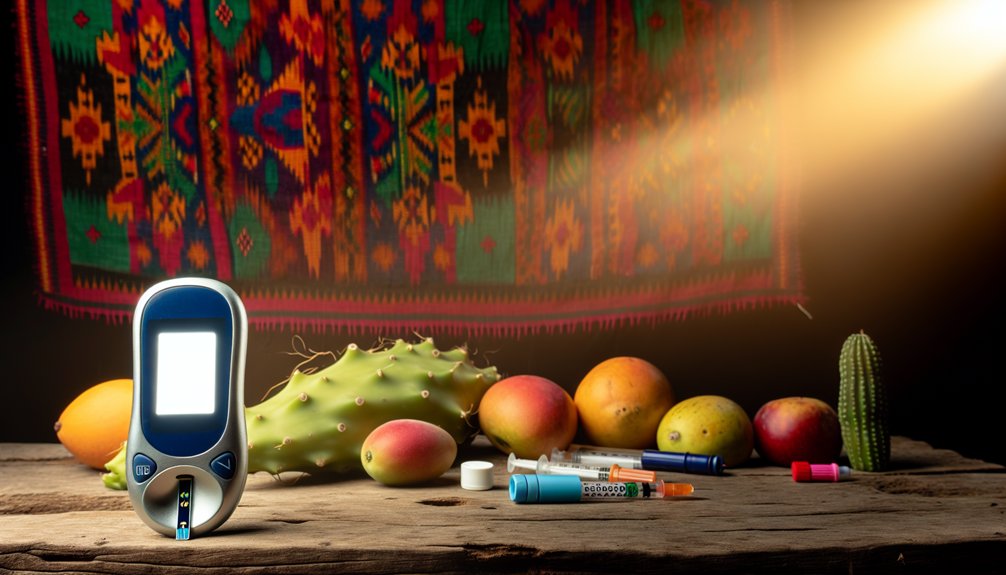Diabetes disproportionately affects minority communities, creating a reality filled with challenges. Non-Hispanic Black and Hispanic adults face markedly higher rates, often leading to severe health complications. These disparities are tied to age, gender, and socioeconomic status, with many feeling the weight of systemic inequalities. Yet, there’s hope. Awareness is growing, and communities are rallying for change. Together with policymakers, they are seeking solutions. To understand how we can bridge these gaps, there’s so much more to explore.

Diabetes can feel like an unwelcome guest at the table, especially for many in minority communities. For non-Hispanic Black adults, the struggle is especially real, with a staggering 47% higher diabetes prevalence compared to their White counterparts. Hispanic adults also face challenges, showing a 31% higher rate, while those classified as “other” racial or ethnic groups encounter a shocking 76% higher prevalence. This situation reaches beyond mere numbers; it tells the story of lives affected, families torn apart, and dreams deferred.
Diabetes disproportionately impacts minority communities, highlighting stark disparities that affect lives, families, and futures.
When looking closer, age and gender reveal deeper layers of this issue. Adults aged 45 to 64 in minority groups are particularly vulnerable, with non-Hispanic Blacks experiencing a 45% higher prevalence. For Hispanic males, the numbers are no less grim. Regular monitoring and management of blood sugar levels are crucial to preventing serious complications that disproportionately affect these populations.
Sadly, the intersection of gender and socioeconomic status adds yet another layer to this complex tapestry. Women from low and middle SES families often face greater challenges than their higher SES peers, highlighting the weight of systemic inequalities. Low SES adults are also significantly affected, showing a 37% higher prevalence of diabetes overall. Hospitalization rates for African Americans reach 26.5%, further emphasizing the urgent need for targeted interventions.
Hispanic Americans bear a heavy burden when it comes to diabetes. They are 1.5 times more likely to die from the disease than non-Hispanic Whites. The situation is even more dire for certain subpopulations, such as Mexican Americans, who face an 11.1% diabetes prevalence.
Meanwhile, non-Hispanic Black adults are 1.4 times more likely to be diagnosed, and the complications they face, from hospital admissions to amputations, paint a distressing picture.
The socioeconomic factors at play are undeniable. Low and middle SES adults experience higher diabetes prevalence rates, with low SES adults aged 45 and above facing a jaw-dropping 57% higher rate compared to their higher SES peers.
This reality is a call to action for communities and policymakers alike. There is hope, though, as awareness grows and solutions emerge. Together, communities can work to address these disparities, ensuring that diabetes becomes a less frequent guest at the table.
